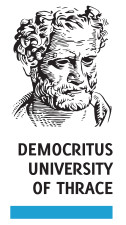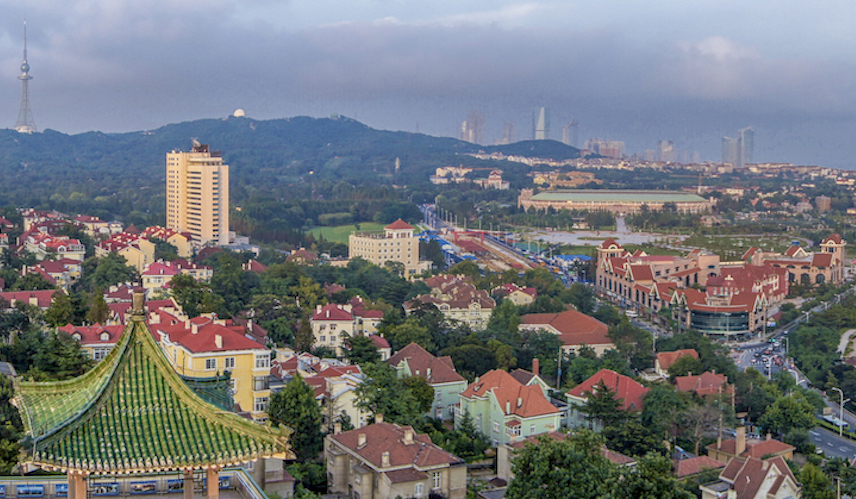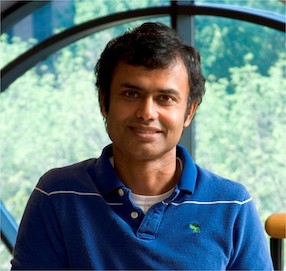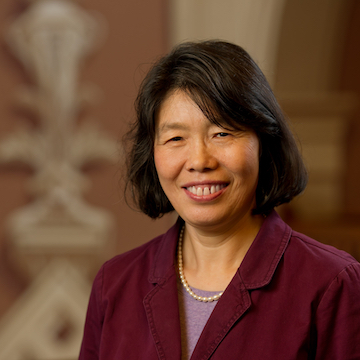Technical Committee
Mustafa Altun, Istanbul Technical University
Csaba Andras-Moritz, UMass Amherst
Lorena Anghel, Phelma Grenoble INP, TIMA Laboratory
Alon Ascoli, Technische Universität Dresden, Germany
Marc Bescond, CNRS-LIMMS, The University of Tokyo
Pierre Boulet, University Lille 1
Hao Cai, Southeast University, China
Ramon Canal, Universitat Politecnica de Catalunya, Spain
Meng-Fan Chang, National Tsing Hua University
Yiran Chen, Duke University
Xiang Chen, George Mason University, USA
Sorin Cotofana, Technische Universiteit Delft, The Netherlands
Catherine Dezan, UBO/Lab-STICC
Deliang Fan, University of Central Florida, USA
Joseph Friedman, The University of Texas at Dallas
Pierre-Emmanuel Gaillardon, University of Utah
Swaroop Ghosh, The Pennsylvania Stat University, USA
Bastien Giraud, CEA-Leti
Jie Han, University of Alberta
Yinhe Han, Institute of Computing Technology,CAS, China
Andreas Herkersdorf, Technical University of Munich
Jingtong Hu, University of Pittsburgh, USA
Daniel Ielmini, Politecnico di Milano
Li Jiang, Shanghai Jiao Tong University, China
Jacques-Olivier Klein, Institut d'Electronique Fondamentale
Sebastien Le-Beux, Lyon Institute of Nanotechnology (INL)
Qiang Li, University of Electronic Science and Technology of China, China
Weiqiang Liu, Nanjing University of Aeronautics and Astronautics
Yongpan Liu, Tsinghua University, China
Fabrizio Lombardi, Northeastern University, USA
Marisa Lopez-Vallejo, Universidad Politécnica de Madrid
Youyou Lu, Tsinghua University, China
Kartik Mohanram, University of Pittsburgh
Anca Molnos, CEA-LETI, France
Kundan Nepal, University of St Thomas
Michael Niemier, University of Notre Dame
Ian O'Connor, Lyon Institute of Nanotechnology
Vojin G. Oklobdzija, University of California, Davis
Alexandru Paler, Johannes Kepler University Linz, Austria
Damien Querlioz, IEF, University Paris-Sud
Garrett Rose, University of Tennessee
Daniele Rossi, University of Hertfordshire
Antonio Rubio, Universitat Politecnica de Catalunya, Spain
Liang Shi, East China Normal University, China
Georgios Ch. Sirakoulis, Democritus University of Thrace, Greece
Mircea Stan, University of Virginia
Adam Stieg, University of California, Los Angeles
Ronald Tetzlaff, Technische Universität Dresden, Germany
Elena Ioana Vatajelu, TIMA, France
Amit Trivedi, University of Illinois at Chicago
Lucian Vintan, "Lucian Blaga" University of Sibiu
Ioannis Vourkas, Universidad Técnica Federico Santa María
Lan Wei, University of Waterloo, Canada
Xiulong Wu, Anhui University, China
Chengmo Yang, University of Delaware, USA
Cunjiang Yu, University of Houston, USA
Lang Zeng, Beihang University, China
Qi Zhu, Northwestern University, USA






 The trend towards ultra-low power logic and low leakage embedded memories for System-On-Chips, has prompted researcher to consider
the possibility of replacing CMOS based memories with non-volatile technologies such as magnetic tunnel junctions. Compute-in-memories
enabled by non-volatility can be exploited to develop efficient memory-centric neuromorphic computing fabrics. We have also observed
that the magnetization dynamics under current driven magnetization switching mimics the leaky integrate and fire operation of spiking
neurons while stochastic switching of a nano-magnets under thermal noise can be used to model stochastic neuron and synaptic behavior.
Such computing with MTJ based devices can lead to orders of magnitude improvements (over standard CMOS based von-Neumann computing models)
for solutions to complex dynamical systems including neural computing and combinatorial optimizations.
The trend towards ultra-low power logic and low leakage embedded memories for System-On-Chips, has prompted researcher to consider
the possibility of replacing CMOS based memories with non-volatile technologies such as magnetic tunnel junctions. Compute-in-memories
enabled by non-volatility can be exploited to develop efficient memory-centric neuromorphic computing fabrics. We have also observed
that the magnetization dynamics under current driven magnetization switching mimics the leaky integrate and fire operation of spiking
neurons while stochastic switching of a nano-magnets under thermal noise can be used to model stochastic neuron and synaptic behavior.
Such computing with MTJ based devices can lead to orders of magnitude improvements (over standard CMOS based von-Neumann computing models)
for solutions to complex dynamical systems including neural computing and combinatorial optimizations. The inevitable slowdown of the CMOS scaling trend has fueled an explosion of research endeavors in finding a CMOS replacement. However,
recent studies suggest that many of the emerging devices being investigated, if used as simple drop-in replacement for MOSFETs, may only
achieve speedups that mirror historical trends in the best case. The consensus from the community is that cross-layer efforts are essential
in combating the CMOS scaling challenge with emerging devices. This talk presents such an effort centered around a particular emerging
device, ferroelectric FETs (FeFETs).
The inevitable slowdown of the CMOS scaling trend has fueled an explosion of research endeavors in finding a CMOS replacement. However,
recent studies suggest that many of the emerging devices being investigated, if used as simple drop-in replacement for MOSFETs, may only
achieve speedups that mirror historical trends in the best case. The consensus from the community is that cross-layer efforts are essential
in combating the CMOS scaling challenge with emerging devices. This talk presents such an effort centered around a particular emerging
device, ferroelectric FETs (FeFETs).
Social Events
Reception: Traditional Chinese Dinner
Tasting delicious traditional Chinese dishes! Feeling profound Chinese culture!
Banquet: "Beer Night" - BBQ on the beach
Local Beer! Delicious Sea Foods! Refreshing Sea Breeze! Beautiful Coast!
Laoshan Mountain Hiking
Friday, 19th July 2019
Free for the participants of NANOARCH 2019
Gathering Time: 14:00PM, July 19, 2019
Gathering Location: Lobby of Hyatt Regency Qingdao
Duration: 3.5-4 hours round trip
As it is not a tough jiking, casual clothes and sneakers are enough. Do not forget your camera or smart phone to take beautiful pictures.